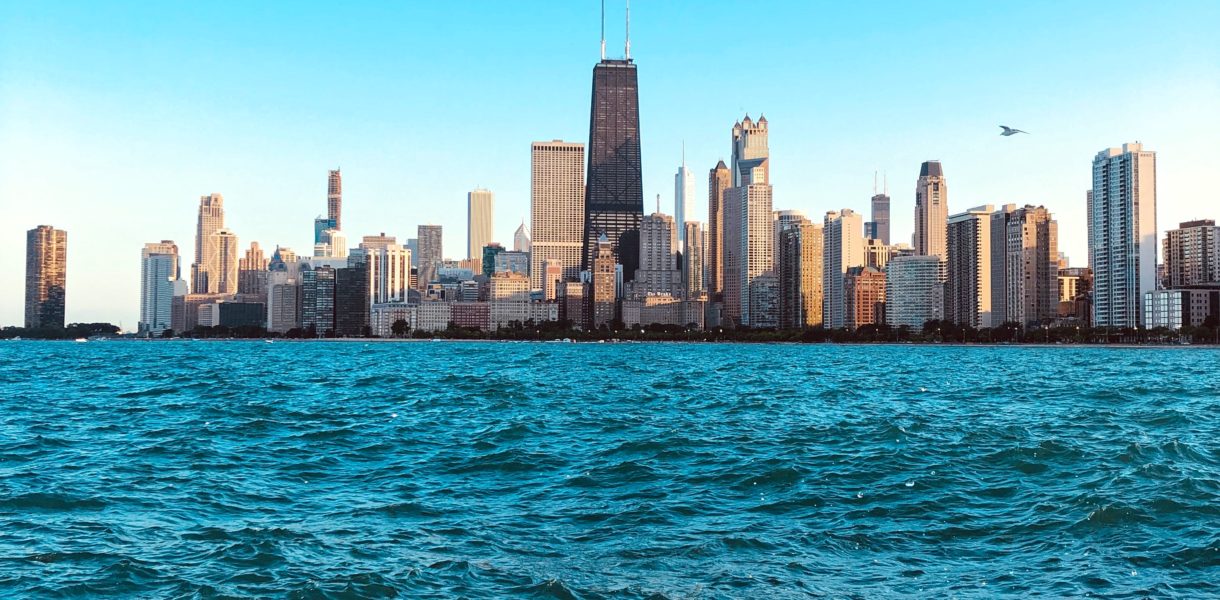Leveraging Social Media to Combat Eco-Anxiety
Crimson suns and smoky skies paint a picture of the biting promise of apocalypse. Headlines threaten the melting of icecaps, the pollution of air, and the eventual degradation of all of the spaces we inhabit. News on social media projects the occurrence of the extinction of elephants, the erasure of islands, and many more disappearances.
This kind of call-to-action– the advertisement of “incoming apocalypse” through a gloom and doom lens– is perhaps utilized to egg individuals on in any of their efforts to take action quickly. It is likely a method of demonstrating the real urgency in implementing environmental protections; fear tactics cause emotions, and emotions can incite action. However, the technique of doing so is not without drawbacks.
Social media projections of environmental degradation have led to a common phenomenon particularly among Gen Z, the generation whose future climate change will most strongly impact. This phenomenon is severe stress about how the future will look in the face of ongoing climate change; the stress is commonly referred to as “eco-anxiety.”
Alongside the obvious mental perils that eco-anxiety can bring about, eco-anxiety threatens the very inaction that its perpetrators desperately attempt to warn against. The “gloom and doom” lens through which the climate fight is viewed risks painting the future as inevitably bleak, regardless of the kinds of work that climate activists and advocates put in.
As a direct result of this painted picture, consumers of social media can potentially take these warnings as a sign that no action is good enough to make a difference; consequently, consumers of the climate calls to action on social media may grow apathetic and perceive more futility in meaningful climate advocacy. Essentially, posts that perpetuate eco-anxiety can discourage consumers from taking action.
Furthermore, the “too far in to recover” mindset that is encouraged through climate social media posts cooks up a spiral into which consumers can easily fall; if there truly is no recovering from the environmental degradation that is already in place, what is the point of letting the future run its course in the first place? This question gives birth to a “what is the point of doing anything” mindset, which has the potential to generate genuine existential crises.
Given the fact that social media has the kind of power and influence to perpetuate individuals’ eco-anxiety, we can assume that it has a lot of power and influence in general. That said, it is imperative that we consider ways in which we as consumers can leverage that power and influence of social media to treat, rather than cause, eco-anxiety.
Three Methods
Curate your Instagram and TikTok feeds in a way that discourages apathy
Following the right accounts is a key technique in reshaping the kind of social media that one consumes. Choosing to follow environmental awareness accounts is important, but one must make sure to not only follow environmental awareness accounts that have a “gloom and doom” lens.
Individuals should spend time looking into accounts that demonstrate both the good and the bad in the fight for environmental protections.
If there are specific accounts that tend to trigger one’s eco-anxiety, then one should stop following that environmental account and choose to follow a different environmental account insead. Alternatively, individuals can follow accounts with bad news as long as they follow just as many accounts with good news as well.
The truth is that there are many good milestones happening in the fight against climate change. Social media may focus on the bad to scare individuals into taking action, and that is because action is still needed. However, that does not mean that there are only bad things happening. One should curate their feed to see the full picture of worldwide environmental advocacy milestones.
Get involved in climate advocacy
Speaking from my own experience, I can encourage individuals to get involved in climate advocacy in order to combat their own eco-anxiety. If one is a college student, they should check if their school has a chapter of The Student PIRGs or The Sunrise Movement (I personally was involved in CALPIRG Students, whose lead campaign during my involvement was the 100% Renewable Energy campaign.)
These organizations are just the tip of the iceberg, though. From elementary and middle school to adulthood, there are multiple organizations out there in which one can get involved.
Social media is the perfect place to find these organizations. From Instagram and Facebook to Twitter and LinkedIn, there are multiple social media platforms that list organizations with open slots for interns, volunteers, and coordinators.
Furthermore, if one can’t find an organization, they can start one; if they do, then they can effectively advertise that organization on social media to allow others to get involved.
Individuals can also engage in a diverse array of campaign actions to lobby for environmental protections in policy, engineer tools that can assist in protecting the environment, and research scientific and legal methods for combating climate change.
I would encourage individuals to get involved in ways that cater to their interests. For example, if one loves to write, they can get involved in climate advocacy by publishing letters and op-eds in their hometown newspaper on environmental legislation and policy perspectives. If one loves to conduct research, they can get involved with a professor in researching climate change through a scientific lens. If one loves to be creative, they can paint art or film short videos that inform others about climate change or inspire people to take action.
The reason that this is so helpful is that when one is on the inside, being part of the movement directly, it is easier to look at the small milestones and understand how a little goes a long way. On the outside, it is harder to see small victories, so it is easier to think that the fight against climate change is going “all bad,” and it is easier to develop eco-anxiety.
Talk to climate advocates
Twitter and LinkedIn are full of individuals who devote their lives to fighting climate change– from environmental engineers and environmental scientists to environmental attorneys and environmental lobbyists. One should leverage these platforms to reach out to these individuals. It is an effective and interesting way to learn about what one can do to fight climate change, and it can also help people secure opportunities to fight climate change.
Making connections also makes it easier to feel solidarity. If one feels eco-anxiety, they probably care about the impacts of the environment deeply; with that said, it is a comfort to find and network with others who share the same care.
Getting through Eco-Anxiety Together
When our anxiety gets in the way of our action, we must do everything we can to fight the anxiety and bring the action.
Social media has power, but we as individuals have even more power– the kind of power that we can use to shape the way in which social media influences us. It starts with looking at environmental activists’ videos on TikTok, following good environmental news accounts on Instagram, and connecting with environmentalists and advocates and exploring involvement opportunities on LinkedIn.
I encourage everyone to take the individual steps necessary to encourage action and inspire advocacy when it comes to the fight against climate change.
Taking these steps may not eradicate eco-anxiety instantaneously, but they will inspire the environmental action that it takes to reduce eco-anxiety collectively.
It’s not easy, but it’s worth it.





